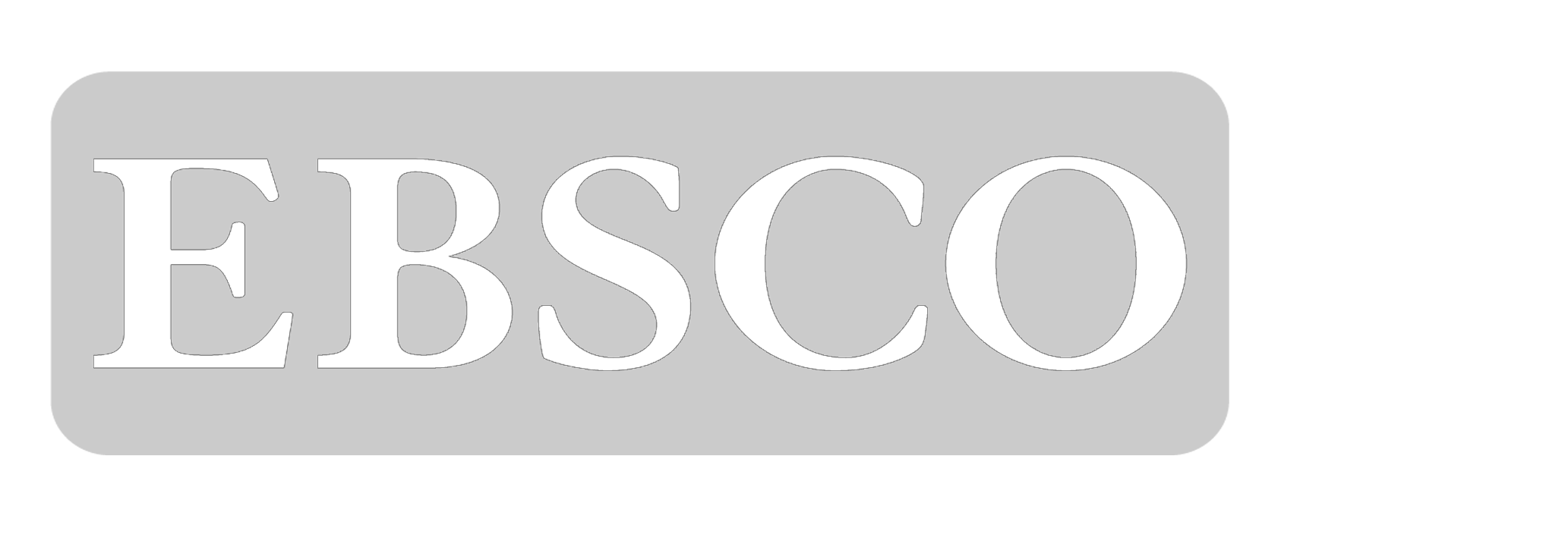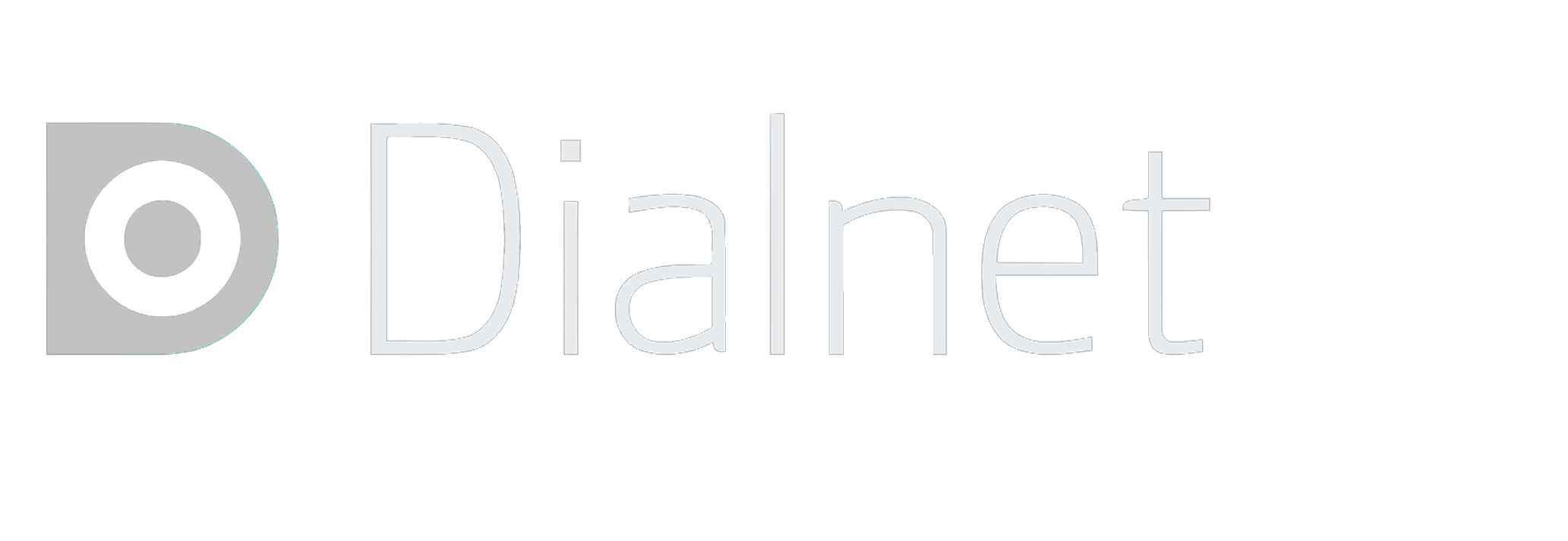Legibilidad y lenguaje claro: medición de la mejora de la producción escrita en L2 a través de la audiodescripción didáctica
DOI:
https://doi.org/10.4151/S0718-09342025011701166Palabras clave:
Traducción audiovisual didáctica, aprendizaje de lenguas, audiodescripción, legibilidad, vocd-d, Gunning Fog, marcadores metadiscursivos, lenguaje claroResumen
El desarrollo tecnológico de las últimas décadas ha supuesto el florecimiento de nuevas metodologías para la enseñanza de lenguas extranjeras como la traducción audiovisual didáctica (en adelante, TAD) con la finalidad de mejorar las destrezas comunicativas (Talaván, 2019). El presente estudio tiene como objetivo determinar el impacto del marco metodológico de TAD en el desarrollo de la producción escrita a través de la audiodescripción. La metodología de la investigación atiende a un diseño cuasiexperimental y tiene una naturaleza cuantitativa. La investigación se llevó a cabo en una muestra de 52 sujetos experimentales que completaron una secuencia completa de audiodescripción en seis unidades didácticas. Se utilizó un instrumento diseñado ad hoc para medir la producción escrita, evaluando la diversidad léxica, la legibilidad y los marcadores metadiscursivos de los textos producidos por los participantes. Los resultados preliminares indican una mejora significativa en la claridad de los textos escritos, posiblemente debido al uso de estrategias de condensación y reducción utilizadas en la TAD.
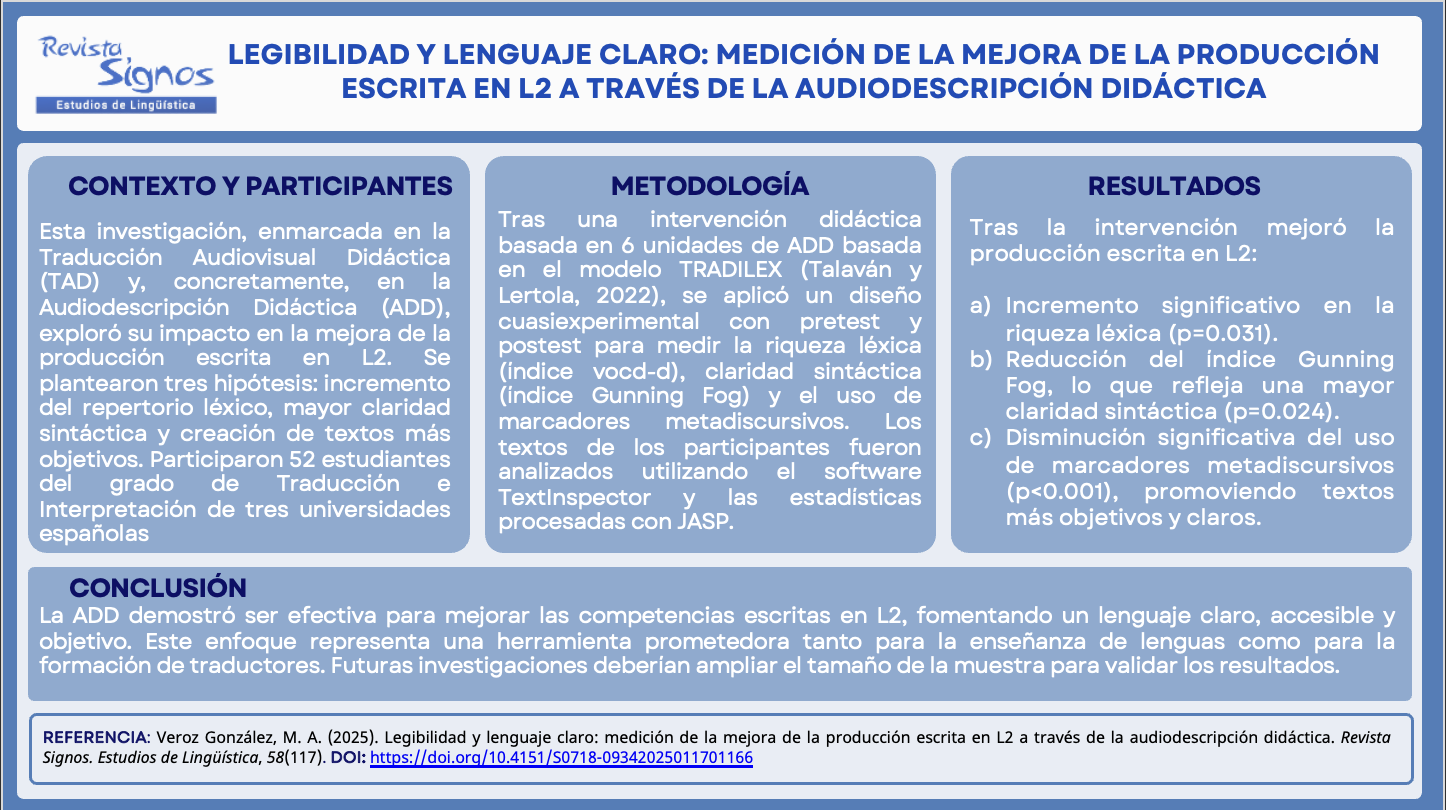
Publicado
Cómo citar
Número
Sección
Licencia
Derechos de autor 2025 Revista Signos. Estudios de Lingüística

Esta obra está bajo una licencia internacional Creative Commons Atribución 4.0.
Aquellos autores que tengan publicaciones con esta revista, aceptan los términos siguientes:
- Los autores conservarán sus derechos de autor y garantizarán a la revista el derecho de primera publicación de su obra por medio de este documento de cesión de derechos de autoría, el cuál estará simultáneamente sujeto a la licencia de reconocimiento de Creative Commons que permite a terceros compartir la obra siempre que se indique su autor y su primera publicación esta revista.
- Los autores podrán adoptar otros acuerdos de licencia no exclusiva de distribución de la versión de la obra publicada (p. ej.: depositarla en un repositorio institucional o publicarla en un volumen monográfico) siempre que se indique la publicación inicial en esta revista.
- Se permite y recomienda a los autores difundir su obra a través de Internet (p. ej.: en publicaciones institucionales o en su página web) antes y durante el proceso de envío, lo cual puede producir intercambios interesantes y aumentar las citas de la obra publicada. (Véase el efecto del acceso abierto).






